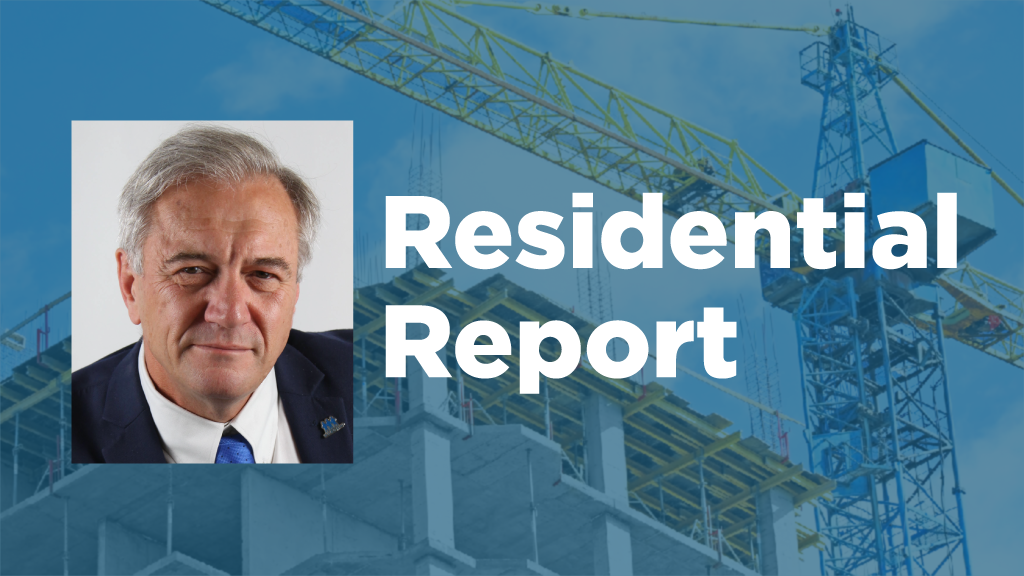Various levels of government have pledged to tackle the housing supply and affordability crisis, but so far there are no signs of it abating.
In fact, the situation now appears more dire than ever.
CMHC reported national starts are expected to decline 1.6 per cent over the next six months. In March, construction intentions in the residential sector were down 8.3 per cent over the month before.
The stock of housing is falling – at exactly the time we need it to rise – which will only drive prices higher.
In the Greater Toronto Hamilton-Area (GTHA), for example, 60 condominium projects are now on hold indefinitely. Developers have pulled back because buyers aren’t willing or able to buy. Only four new condo projects were brought to market in the GTHA in the first quarter of this year.
Surprisingly, average home prices in Toronto now exceed those of major global cities such as Tokyo, New York City, Miami, Seoul and Melbourne, according to an analysis done by Zoocasa. It is simply getting too expensive to build homes that people can afford in cities like Toronto.
Dramatic increases in taxes, fees, levies and development charges are putting housing out of reach. Lengthy approval processes are also delaying much-needed housing, adding to the price tag.
We must turn the situation around and create circumstances where people can still afford a home. First time homebuyers, in particular, deserve a break.
Taxes, fees and levies constitute an unsustainable, impractical and unfair cost impact on the price of new homes in Ontario. These now represent 31 per cent of the purchase cost of a dwelling.
On a $1-million home this adds $310,000 to the final cost. This impacts new homebuyers to the extent they are effectively priced out of the market.
The add-ons have increased exorbitantly and exponentially over the last decade in Ontario and the hikes continue each year.
All levels of government must find a way to decrease these taxes, fees and levies as well as halt all increases.
For starters, RESCON has suggested the federal and provincial governments could exempt first-time homebuyers from the HST. Applicants could agree to retain ownership of the home for a minimum of five years. We’re also encouraging governments to rebate development charges and take other tax reduction measures to help homebuyers.
The inefficient and cumbersome planning processes at municipalities across Ontario must also be targeted. Excessively long timelines for the approval of development applications have resulted in unnecessary increased costs that are eventually borne by the new homebuyer.
Our planning processes are too slow and in many instances are also out of date and inconsistent with the current digital age. Other jurisdictions around the world can receive, review and approve development applications in months, but it takes four to five years in Ontario.
Australia is in a similar situation as Canada but is developing a plan of action. The Property Council of Australia engaged Savills to develop a three-part report examining the impacts of increased taxes and charges on housing supply and affordability across the Six Cities Region in New South Wales.
The regions have significant government charges and taxes on new housing – much like we do in Canada. In one of the six Australian regions, they add a staggering 33 per cent to the cost of residential development, acting as a handbrake on new housing supply.
The bottom line?
The report concluded continuing under current conditions is untenable and that without suspending taxes and charges and compressing planning timeframes, housing supply would be suppressed.
The report recommended a moratorium on new taxes and charges, and that the planning process be accelerated so approval timeframes are reduced by six months.
Savills forecast without making any changes, 126,000 homes would be delivered in the five years to 2029, but by taking the suggested actions 190,000 would be built, a substantial difference.
There is a lesson to be learned from the Australian experience. Reduce the add-ons and speed up planning approvals and more housing will be built. The same premise can be applied here in Canada.
Richard Lyall is president of the Residential Construction Council of Ontario. He has represented the building industry in Ontario since 1991. Contact him at media@rescon.com.






Recent Comments